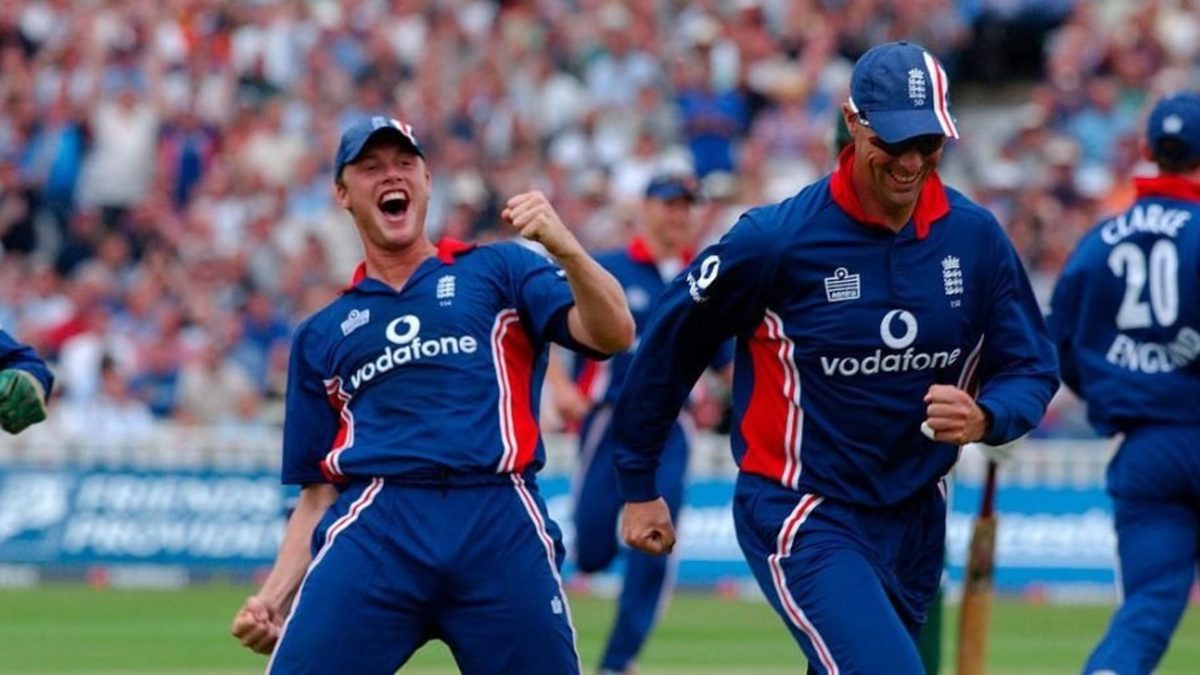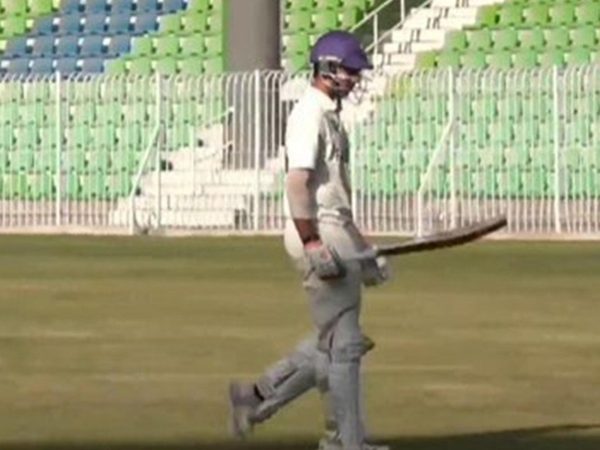
On the latest Wisden Cricket Weekly Podcast, host Yas Rana was joined by Wisden Cricket Monthly magazine editor and editor-in-chief Jo Harman and Phil Walker to pick Wisden’s England Test and ODI teams of the 2000s, as part of the 2000s in Review series.
You can listen to the full episode of the Wisden Cricket Weekly Podcast on the Podcast App or Spotify
While the 2000s saw England achieve a handful of notable highs in the Test arena, they often disappointed in ODI cricket, particularly at global ICC tournaments. This made for a tricky selection process.
The panel agreed on seven of the XI, but found it hard to fill the remaining four spots in the side.
Stats refer to players’ records between January 1, 2000 and December 31, 2009
Marcus Trescothick
123 matches, 4,335 runs @ 37.37, 12 100s, SR: 85.21
JH: Before Pietersen’s arrival, he was clearly England’s best one-day batsman by a distance. Twelve hundreds, which Joe Root has only just gone past as the England record. A strike-rate of 85, which is better than Herschelle Gibbs. During his ODI career, there are only five openers who scored over 1,000 runs at that strike rate: Afridi, Gilchrist, Sehwag, Jayasuriya and Tendulkar. So pretty good names above him. He was not only consistent in scoring runs, but was consistent in scoring them at a rate that was not common at the time, certainly not among England batsmen.
Nick Knight
56 matches, 2,017 runs @ 41.16, two 100s, SR: 71.22
JH: Nick Knight for quite a few years held that England top order together as best as he could. Knight, pretty emphatically my second choice.
Kevin Pietersen
93 matches, 3,161 runs @ 46.48, three 100s, SR: 87.36
PW: I’d bat him at three, especially now as well, as the game has moved on, it’s inconceivable that you’d have a player of that quality at 4 or 5, which is of course where he began in that side. Now, the attitude in 50-over cricket, you just have as much of the game as you can, you give as much of the game as you can to the best players. Pietersen could’ve opened the batting for England and made lots of runs, but I’d put him at No.3 because that’s where you put your best player.
Paul Collingwood (c)
173 matches, 4,478 runs @ 36.11, five 100s, SR: 77.31
101 wickets @ 37.86, one five-for, ER: 5.03
PW: Collingwood – resourceful player, and he’ll always have that hundred at Melbourne to salvage something of the wreckage from the 06/07 tour. He was leading that side in 06/07 as well against Australia and he made runs in the semi-final and then made that unbeaten 100 in the final. And he took over 100 wickets as well over the decade. So Collingwood is obviously a shoo-in.
Andrew Flintoff
129 matches, 3,193 runs @ 32.91, three 100s, SR: 89.64
161 wickets @ 23.22, two five-fors, ER: 4.27
JH: Flintoff has to be five. He’s got to play like a proper batsman, like Ben Stokes now. Flintoff was never good at coming out and just whacking it. He can whack it miles, but he took a while to get his eye in and No.5 suited him really well. His record is astonishing, averages 46 at No.5, strike-rate of 94. That is Ben Stokes stuff.
And with Flintoff, I did recall, but not quite how good it was, his unbelievable performance in 2004, looking back on that year as a whole. So he’s got all three of his ODI centuries that year, plus a 99. His bowling was coming to its peak. He averaged 58 with the bat and 21 with the ball across 2004. He was arguably the best one-day player in the world at that stage.
Owais Shah
71 matches, 1,834 runs @ 30.56, one 100, SR: 78.64
PW: While the record isn’t especially striking, the days when he played well were real standouts. I think for a year or two, he became one of England’s real bankers. I always loved watching him play. At six, if you allow him to fail here and there, he’d win you some games.
Alec Stewart (wk)
45 matches, 1,299 runs @ 36.08, two 100s, SR: 69.02
Stewart was the only England wicketkeeper in the 2000s to average over 26 with the bat in ODI cricket (min. three games).
Stuart Broad
57 matches, 94 wickets @ 25.96, one five-for, ER: 5.03
JH: Very strong record, I was weighing him up against Harmison and he was a more skilled ODI bowler than Harmison. He was a really good ODI bowler.
Graeme Swann
29 matches, 31 wickets @ 29.45, one five-for, ER: 4.70
JH: Slim pickings, really. Giles v Swann was what I was debating. Swann only played 29 games in the decade but he was a brilliant ODI bowler at the back of that decade. Giles was steady, but no more than that.
Darren Gough
93 matches, 126 wickets @ 28.36, no five-for, ER: 4.48
YR: Gough played a lot more ODI cricket in the decade than he played Test cricket. He ended his England ODI career in 2006 and was a mainstay of the attack until then.
James Anderson
120 matches, 161 wickets @ 29.93, one five-for, ER: 4.94
YR: Anderson was successful for England all the way back from 2002. No one took more wickets than him in this period either.








